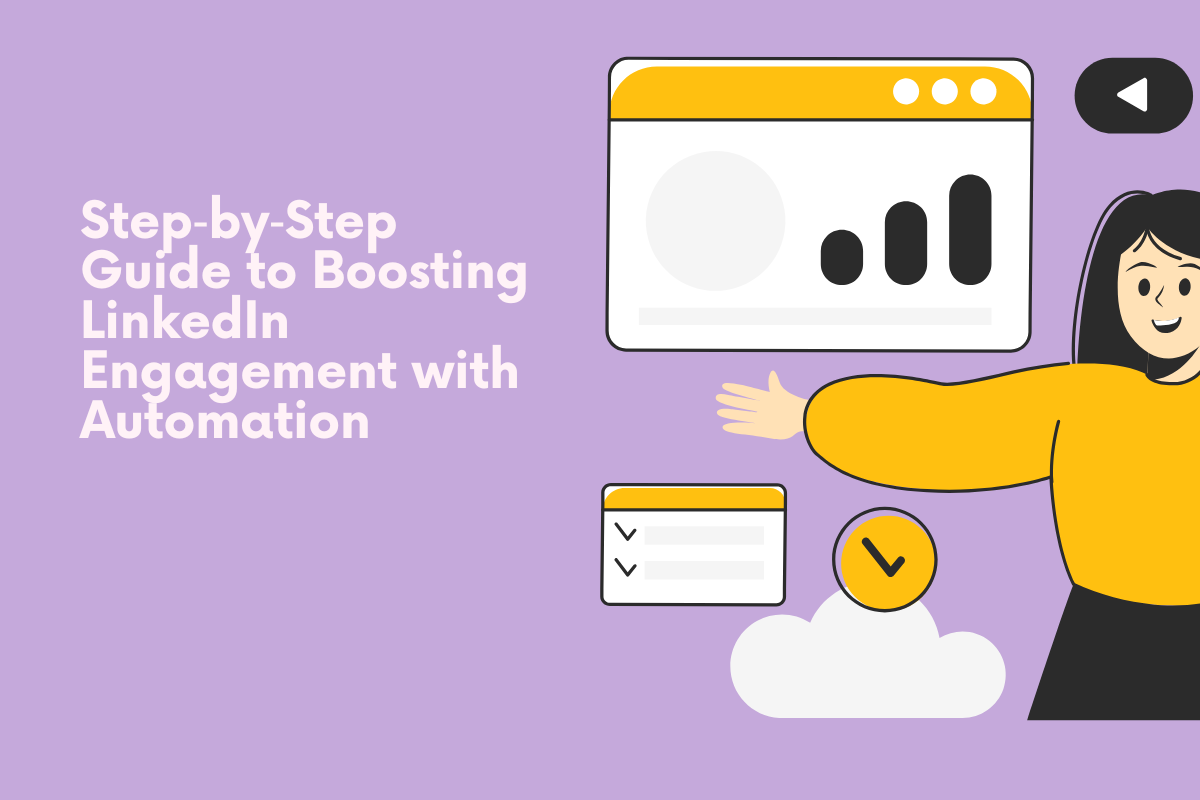In today's ever-evolving educational landscape, teachers face an array of challenges, from integrating technology into lessons to fostering inclusivity in increasingly diverse classrooms.
As student needs shift, educators must be equipped with both the skills and resources to adapt effectively. This article delves into the critical elements needed for preparing educators to navigate modern classrooms successfully.
Understanding the Changing Dynamics of the Classroom
Classrooms today are vastly different from those of the past. With technological advances, cultural diversity, and a greater focus on differentiated learning, teachers must be ready to handle the complexities of contemporary learning environments.
Today's students are more tech-savvy, and technology has become a fundamental component of learning. Whether through tablets, online resources, or digital platforms, educators must be well-versed in using these tools to enhance student engagement and achievement.
Additionally, classrooms are more diverse than ever before, with students from various cultural, linguistic, and socio-economic backgrounds. Teachers need to develop cultural competence, understand each student's unique context, and create an inclusive environment.
This also extends to supporting students with special needs. Such an inclusive approach requires specialized training and strategies to create a learning space where all students can thrive. Hence, many teachers find it beneficial to pursue further education, such as an online special education masters program, to gain the necessary skills and insights.
Online degrees provide flexibility for working educators to enhance their knowledge without interrupting their current teaching roles.
Cultivating Skills for Classroom Management
Classroom management remains one of the most critical skills for any teacher. Managing a classroom in the modern age is not just about maintaining order; it's about fostering a positive learning environment that motivates students and encourages participation.
With the rise of social-emotional learning (SEL) and positive behavior interventions, educators need to develop techniques to build strong teacher-student relationships and handle classroom dynamics effectively.
The modern classroom presents challenges like varying attention spans, behavioral issues, and the need for individualized learning strategies. Effective classroom management includes establishing clear rules and expectations, developing strategies for positive reinforcement, and employing methods to keep students on track.
This aspect of teaching goes beyond the textbook and requires teachers to engage students in meaningful ways, adapt to their needs, and create an environment where they feel safe, respected, and eager to learn.
By developing these skills through additional training and professional development, educators can better handle diverse classroom situations, ranging from students with behavioral challenges to those with learning differences.
Incorporating Technology to Improve Learning
One of the most transformative aspects of modern education is the role of technology. Technology offers countless opportunities to make learning more interactive, accessible, and tailored to individual student needs. However, it also requires teachers to stay up-to-date with current trends and applications to leverage these tools effectively.
Digital literacy is essential for teachers, who must be able to navigate and utilize various educational technologies such as smartboards, online platforms, and virtual classrooms. This also includes understanding how to create digital content, integrate multimedia resources into lesson plans, and engage students through interactive software and applications.
In addition, teachers should be mindful of balancing screen time with face-to-face interactions. Technology can be a powerful tool when used correctly, but it's equally important to incorporate hands-on activities and interpersonal skills development to maintain a holistic learning experience. Teachers who can effectively blend technology with traditional teaching methods will likely see greater engagement and improved learning outcomes in their classrooms.
Developing Culturally Responsive Teaching Strategies
Cultural diversity in classrooms is increasing, and teachers need to be prepared to support students from various backgrounds. Culturally responsive teaching is an approach that emphasizes respect and appreciation for students' cultural differences, enabling all learners to feel valued and understood. This enhances students' self-esteem and creates a more inclusive and equitable learning environment.
To be culturally responsive, teachers should integrate diverse perspectives into their curriculum, use examples that reflect a wide range of cultures, and adapt their communication styles to meet students' needs. Additionally, understanding and acknowledging cultural norms and sensitivities helps to foster an environment where students are comfortable expressing themselves.
Teachers also benefit from learning how to involve families and communities in the educational process. Engaging with students' families can provide deeper insights into their backgrounds, enhancing understanding and building stronger relationships. In modern classrooms, where differences are celebrated and embraced, having culturally responsive teaching skills is vital.
The Role of Continuous Professional Development
Education is a continually evolving field, with new methodologies, tools, and research emerging regularly. To stay ahead of these changes and continue providing the best educational experience for their students, teachers must embrace lifelong learning. Professional development is essential for teachers to keep their skills up-to-date and grow in their careers.
Online programs, webinars, and workshops allow educators to explore new teaching strategies, learn about the latest research, and develop skills tailored to modern classroom needs. Participation in these activities helps teachers adapt to emerging educational trends, such as project-based learning, inquiry-based approaches, and technology integration, ensuring that they remain relevant and effective in their teaching methods.
By investing in continuous professional development, teachers improve their teaching abilities and set an example of lifelong learning for their students, fostering a culture of growth and improvement.
All in all, the challenges of modern classrooms are multifaceted, requiring teachers to be adaptable, tech-savvy, culturally responsive, and emotionally aware. Preparation for these challenges is an ongoing process, requiring a combination of formal education and continuous professional development.
Teachers who are well-prepared and committed to adapting to the changing dynamics of education will find themselves not just navigating the complexities of modern classrooms but thriving within them. As the landscape of education continues to evolve, teachers equipped with the right skills, knowledge, and strategies will be well-positioned to make a lasting impact on their students' lives and the future of education itself.





.png)